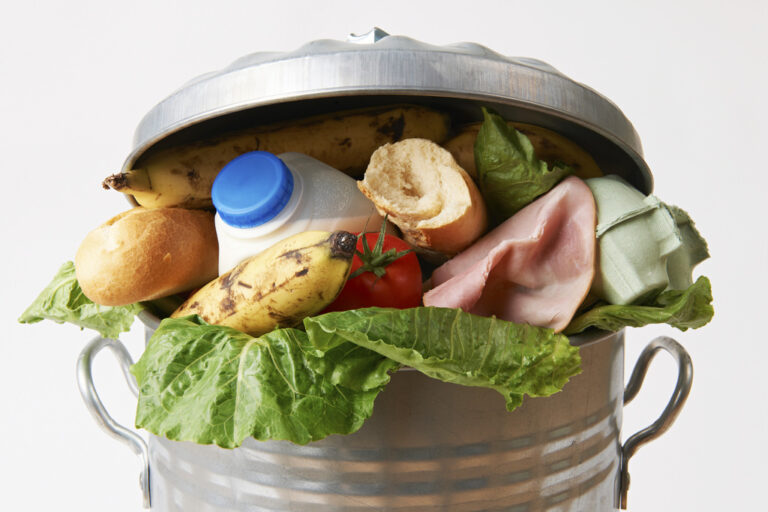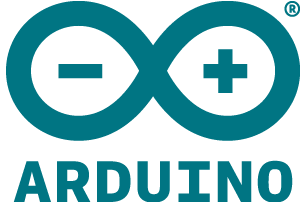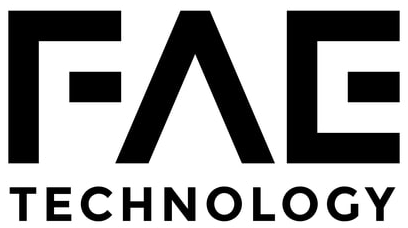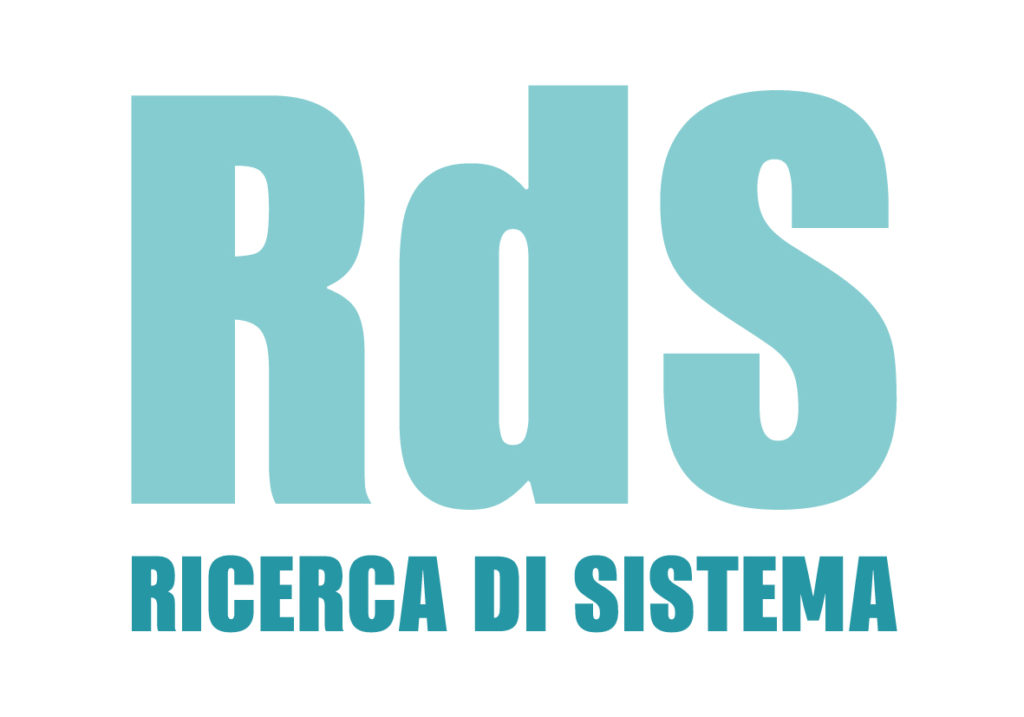Every day we throw away just too much food: a loss AI can help reversing
A hotel chain installs a camera in its trash bins to spy on what guests are tossing. Turns out its breakfast croissants are too big. Many are going to waste — along with profits
A hotel chain installs a camera in its trash bins to spy on what guests are tossing. Turns out its breakfast croissants are too big. Many are going to waste — along with profits. A supermarket can suddenly see, hidden in its own sales data, that yellow onions aren’t selling as fast as red onions and are more likely to be trashed.
The brains behind it: Artificial intelligence
It’s part of an emerging industry that’s trying to cash in on a senseless human problem: The huge amount of uneaten food that goes from supermarkets and restaurants to the dumpster. Much of that, if it’s not composted, ends up in landfills where it decays, sending potent planet-warming greenhouse gases into the atmosphere.
Another A.I. Target: Food Waste
A company called Winnow has developed the AI tool that spies on restaurant garbage. Another company, Afresh, digests supermarket data to look for wasteful mismatches between what a store is stocking, and what people are buying.
AI has a dirty environmental footprint of its own. Crunching huge amounts of data requires huge amounts of electricity. Nor can AI (yet) alter what the human brain has come to expect in modern, industrial societies: an abundance of fresh avocados at the supermarket all year, an ever-expanding variety of tiny plastic yogurt cups, heaving platters of nachos on happy hour menus.
Some supermarkets make a dent
Signs of progress are emerging from a group of supermarket chains that voluntarily pledged to reduce food waste in their operations in the Western United States and Canada. Between 2019 and 2022, the eight chains that are a part of the Pacific Coast Food Waste Commitment project reported a 25% decline in their total volumes of unsold food. They also reported donating more food to charities and sending more of their waste to compost facilities, which are scarce, instead of landfills.
“It demonstrates that the national goal to cut food waste in half by 2030 may, in fact, be possible, but we would need dramatically more action across all food-system sectors for that to happen.” said Dana Gunders, head of Refed, a research and advocacy group that tracks the voluntary project’s data.
New tools to cut waste, other than AI
There are many new tools now to help retailers cut waste. Some startups, like Apeel and Mori, offer coatings for fresh produce so they don’t spoil as fast. An app called Flashfood connects customers to discounted foods at grocery stores, similar to Too Good to Go, which connects customers to restaurants and grocers selling excess food at a discount.
How many eggs this week?
Afresh’s technology grinds around six years of sales data on every product in the fresh foods section of a grocery store it works with. Its AI tool can divine when people buy avocados, and at what price. It can mash that up with data on how quickly avocados spoil and in turn advise how many avocados to stock.
If Easter egg painting season traditionally brings more egg sales, it can calculate how many more cases of eggs the store should order, and also, how many more bell peppers because shoppers usually make omelets with the extra eggs at home.
While an experienced store manager would likely know this, said Matt Schwartz, co-founder of Afresh, the AI would offer more precise information about many more products. It could recommend, for instance, that the store manager order 105 cases of eggs the week before Easter, rather than 110. “Every one case matters,” he said.
Also, said Suzanne Long, the sustainability chief for Albertson’s, which uses Afresh technology, experienced store managers are increasingly rare. “What the AI is doing is giving us the preciseness. Not just ‘I need to order onion’ but ‘this type of onion,’” she said. Long said the chain has reduced food waste but declined to say by how much.
This robot does not dumpster dive
Winnow installs cameras above garbage bins in restaurant kitchens. The images are fed into an algorithm that can tell the difference between a half-pan of lasagna (valuable) and a banana peel (not so much). A group of Hilton Hotels that rolled out the tool recently learned many of its breakfast pastries were too big — and also that baked beans were commonly left unfinished.
Refed, the research group, found in its 2022 estimates that 70% of wasted food at restaurants is food that’s left on the plate, signaling a need to reconsider portion sizes.
Zornes works mainly with hotels and cafeterias. He estimates restaurants waste between 5% and 15% of the food they buy. “This is an obvious problem everyone knows about,” Zornes said. “It’s clearly a problem we’re not fixing.”
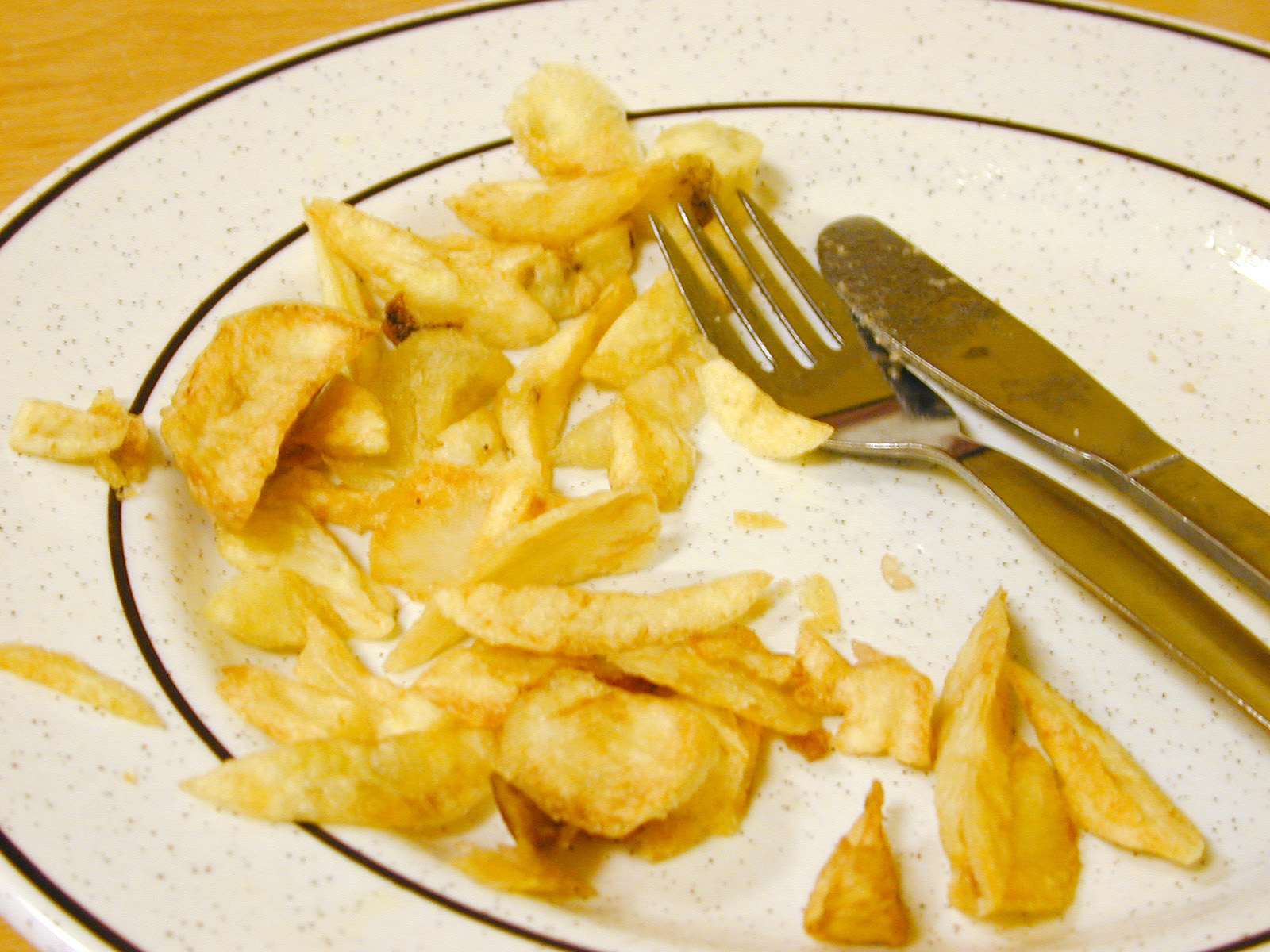
5 Reasons To Finish Your Plate (and reduce food waste)
People who grow up in a well-off country, like us, have a weird, even a twisted, relationship with food. While people are starving in many places, we never had to worry about the next meal. There is always enough. In fact, there seems to be too much of it if you judge by the amount that is thrown away. Globally speaking, 1.3 billion tons of food goes to waste every year. You might think that your personal actions don’t have a significant effect on it, but these 5 facts should make you reconsider that thought.
1. If food waste was a country, it would be the 3rd biggest polluter
There’s bad news and good news. We’re literally wasting mountains of food, and yes, food waste would be the 3rd biggest polluter, after the U.S. and China. That is 3.3 billion metric tons of CO2 per year. Let that sink in for a while. The good news is that by just reducing that we can do a lot.
2. 40% of food waste happens at the retail and consumer levels
While a lot of the food wasted never reaches a plate, an enormous amount of food is thrown away by consumers. This is everyone’s chance to make an impact. A lot of food waste comes from pure laziness. We buy more than we need from the grocery store, “just in case” and end up throwing it away. We take more food than we need on the plate so that we don’t have to get up to get some more. In fact, just take a mental note and see for a week how much food you throw away. You might get surprised.
3. Perfectly edible food gets thrown away all the time
What about the waste that is not produced by individuals? A lot of food waste comes from the products that are not sold. And a lot of those products are perfectly edible. So why are they thrown away? Because they don’t look nice. People tend to pick the best-looking fruit leaving the ones with a deviating shape or color in the shelves. Why would the pear you buy for your fruit salad need to be pretty?
4. Avoiding food waste saves you money, too
Even if you don’t care about the environment (which you should), there are purely selfish reasons to stop wasting food. You still pay for the food you waste, so if you waste less food you save money. Quite simple math.
5. We won’t be able to keep this up anyway
The global population is projected to reach 9.8 billion by the year 2050. However, our planet will not grow in size and we are already cutting down rainforests at an alarming rate to produce food. One of the inevitable questions is how to feed everyone. Currently, the world produces enough food that no one would have to starve. In fact, if we could cut down food waste just by a quarter, it would be enough to feed all the people who are malnourished. So what my mother said to me as a kid actually makes sense.
One of the targets for Sustainable Development Goal 12, Responsible Consumption and Production, is to halve food waste on all levels by 2030. This includes consumer level, which includes you and me. Because of globalization, the decisions you make in your local supermarket can have consequences on the other side of the planet. Your actions do have consequences. Food production has its problems, but we all have to eat. The good thing is that reducing food waste doesn’t have to be complicated. It’s as easy as finishing your plate.
Do you have a project that could make a difference for a more sustainable world? Our Calls are open! Take a look at the topics and submit your innovation by June 3rd, don’t miss the chance to participate in #MFR2024 from 25 to 27 October at Gazometro Ostiense!
source:: AI article originally appeared in The New York Times I Aiesec blog
cover image: Aiesec blog
author: Barbara Marcotulli
Maker Faire Rome – The European Edition has been committed since its very first editions to make innovation accessible and usable to all, with the aim of not leaving anyone behind. Its blog is always updated and full of opportunities and inspiration for makers, makers, startups, SMEs and all the curious ones who wish to enrich their knowledge and expand their business, in Italy and abroad.
Follow us, subscribe to our newsletter: we promise to let just the right content for you to reach your inbox.


